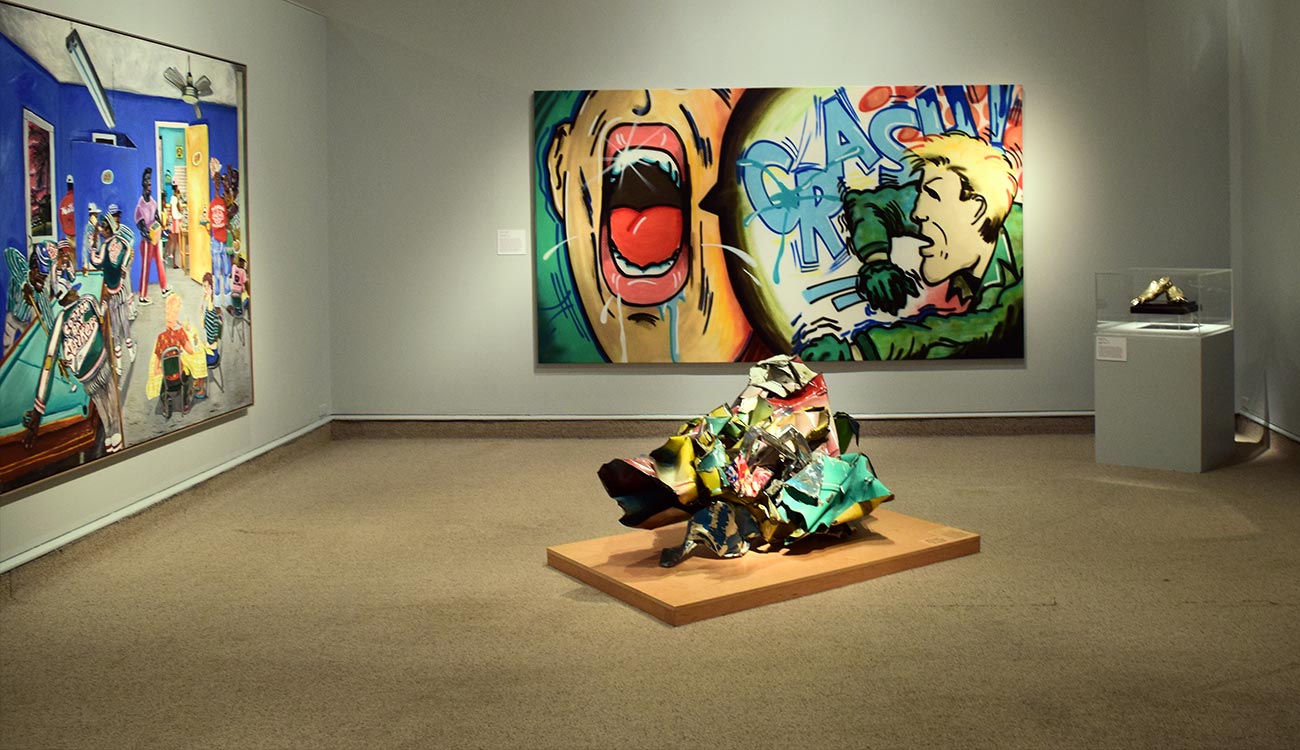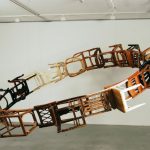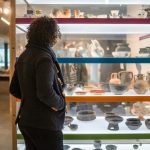The convergence of pop culture and modern art provides a dynamic tapestry of creative expression in today’s fast-growing world. Pop culture, an eclectic mix of contemporary ideas, styles, and trends, has had a tremendous impact on the modern art context. This harmonious relationship has shifted creative conventions, resulting in an evolving platform for artists to engage with a wider audience. The incorporation of pop culture into art has not only shaped traditional forms, but has also given rise to new genres by fusing daily components with artistic ingenuity. This combination has redefined what determines art in the public eye, from the iconic Pop Art movement to the digital art revolution. The influence of pop culture on modern art demonstrates the power of cultural phenomena in molding inventiveness and offering a reflection to modern society.
The Emergence of Pop Art:
Pop culture’s greatest direct influence on modern art may be determined back to the Pop Art explosion during the 1950s and 1960s. Andy Warhol and Roy Lichtenstein, for instance, drew inspiration from everyday products and media, transforming commercial and popular iconography into high art. This movement is exemplified by Warhol’s iconic “Campbell’s Soup Cans” and Lichtenstein’s comic strip-inspired works.
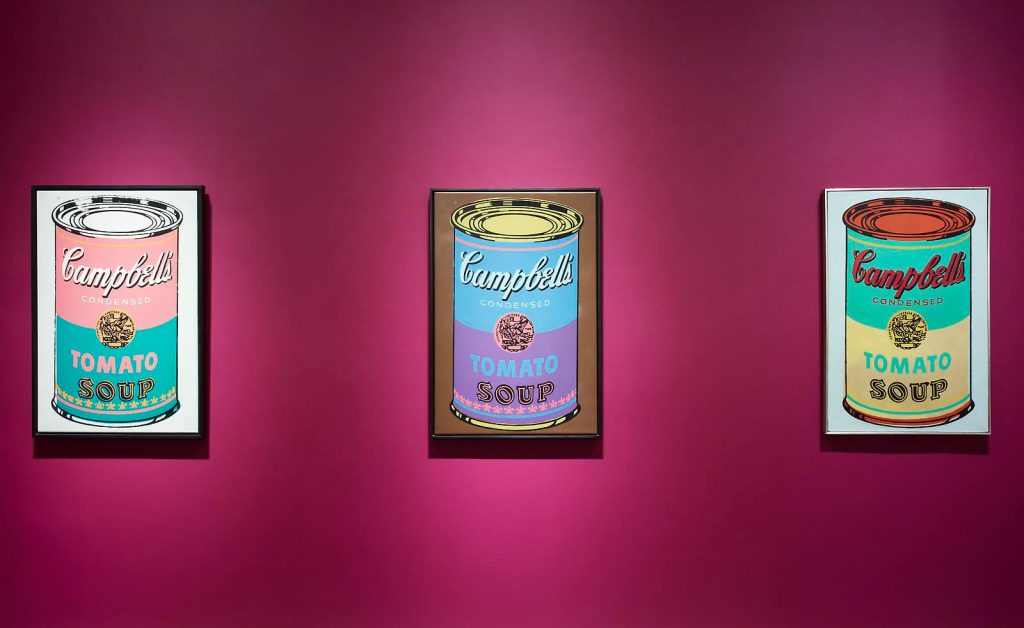
Street Art and Graffiti
The rise of street art in the late twentieth century solidified pop culture’s impact in art. Banksy and Jean-Michel Basquiat, exploited streets to exhibit works that were profoundly steeped in modern culture, politics, and social concerns. Once regarded as vandalism, this kind of art has been welcomed by art world and is now recognized in galleries and museums.
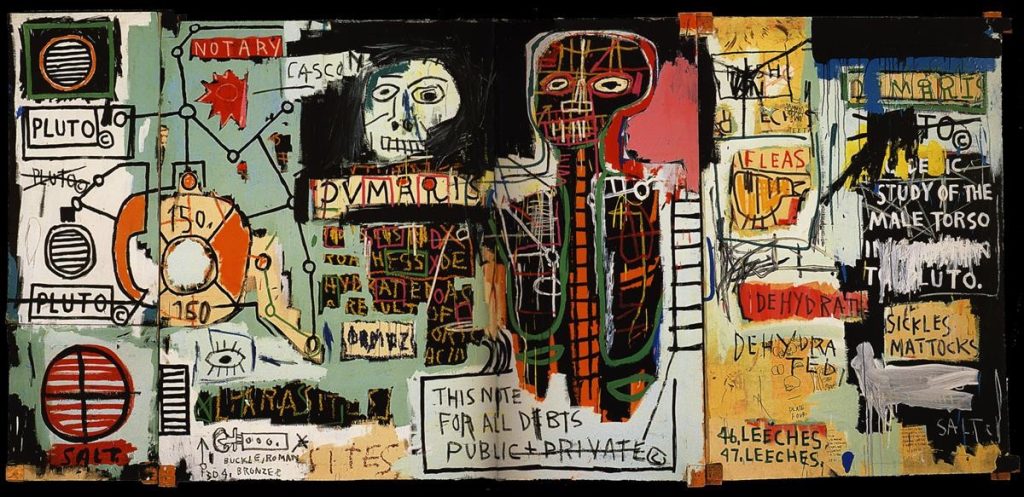
Digital and New Media Art
The age of digital media gave birth to new tools for creativity and platforms. Artists such as Takashi Murakami and Jeff Koons have used digital media and consumer culture to produce works that speak to contemporary audience. Murakami’s superflat style and Jeff koons’ kitsch, hyper-realistic sculptures are also notable examples.
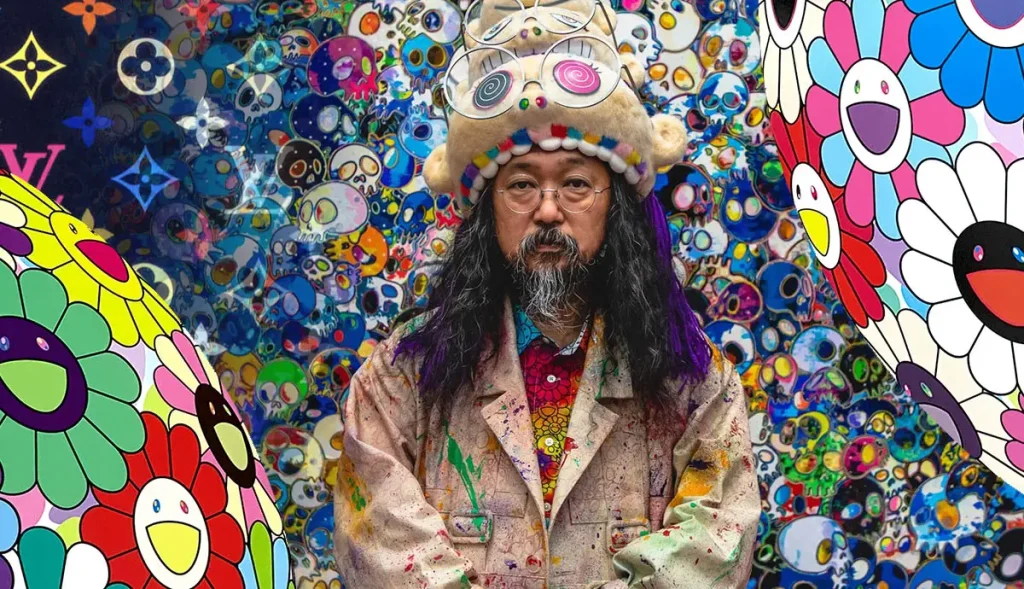
Music and Performance Art
The profound impact of pop culture extends beyond the visual arts. Music superstars such as David Bowie and Madonna have deconstructed the barriers between music, fashion, and performance art, ushering in a new era of multi-faceted and multisensory art. Their powerful performances and distinctive styles have left an indelible mark on the music and art industries.
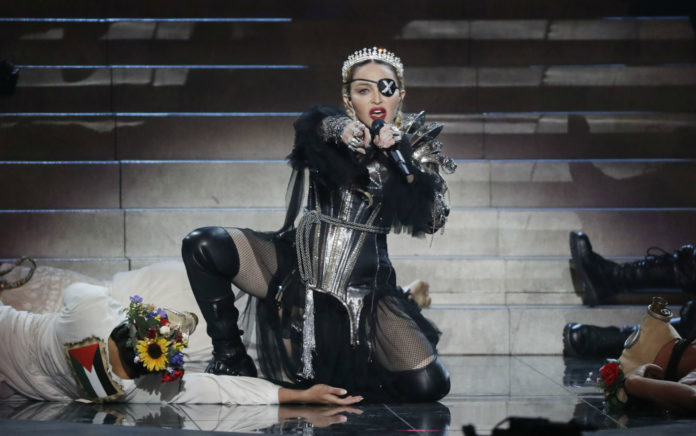
Fashion and Design
Pop culture additionally made a huge impact on the fields of fashion and design. Designers such as Virgil Abloh and Jeremy Scott have incorporated pop art and urban culture into their collections, resulting in an interchange between high fashion and everyday realities.

Film and Photography
Pop culture influences cinema and photography significantly. Directors like Quentin Tarantino embrace this trend. Photographers such as Annie Leibovitz also utilize it. They employ pop culture references in their works. This approach leads to visually stunning creations. These works often comment on societal issues.
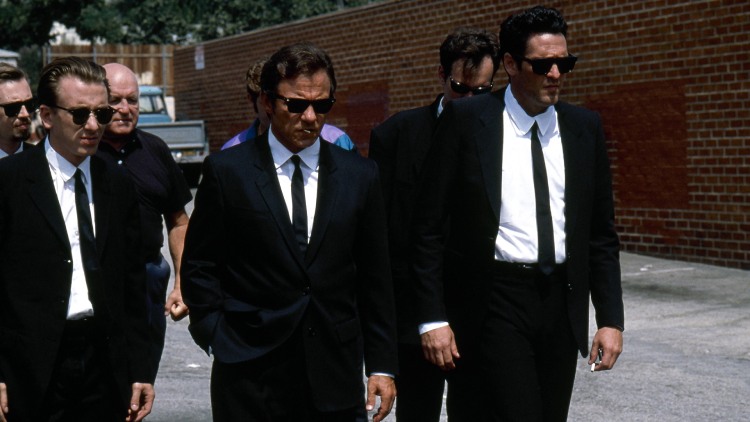
Interactive and Installation Art
Yayoi Kusama’s art is both entertaining and engaging. It blends pop culture elements to captivate viewers. Her “infinity Mirror Rooms” offer an otherworldly experience. They combine art, technology, and popular aesthetics uniquely.
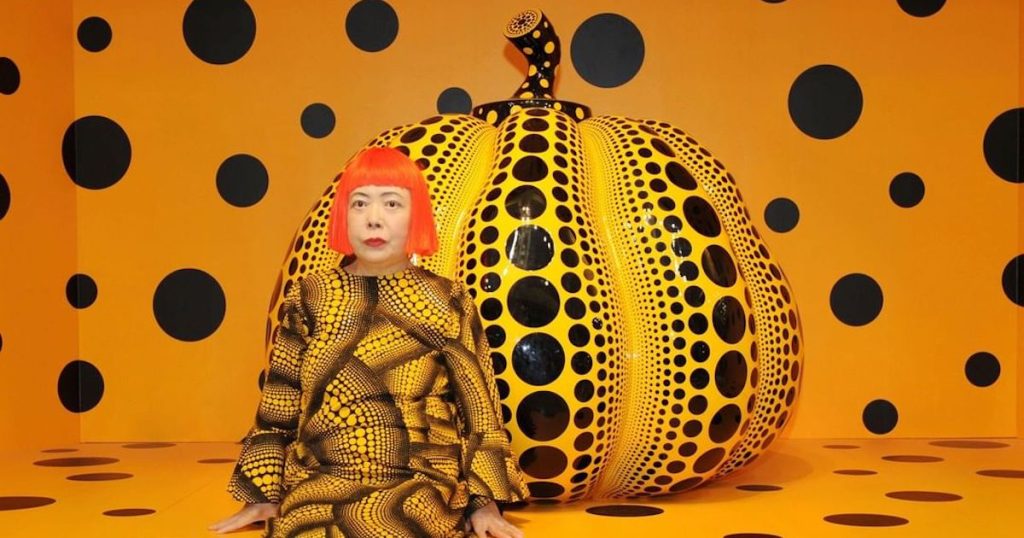
Cultural Commentary and Critique
Pop-culture-influenced modern art often serves as a medium for social criticism. For instance, Ai Weiwei uses popular media and visuals. He expresses his political and social concerns. This approach allows him to reach more people. He does so through the recognizable language of popular culture.
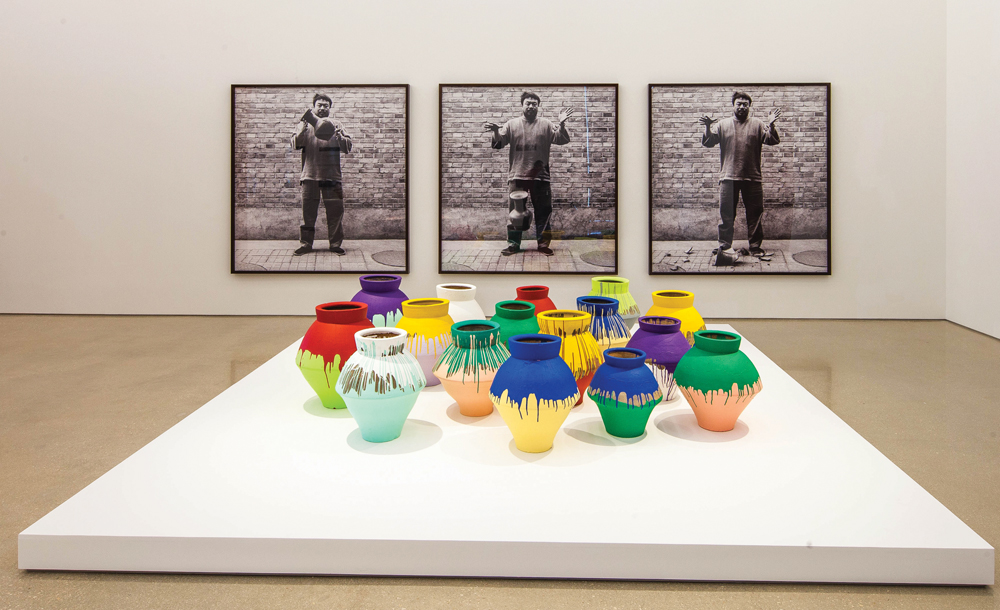
Subsequently, the effect of pop culture on contemporary art demonstrates art’s dynamic relationship to social and natural reflections. It connects ordinary events to creative expression, making art more relatable and approachable. This combination has given birth to ground-breaking movements ranging from modernist painting to street art, altering the landscape of art. It has also encouraged cross-disciplinary partnerships by fusing art, music, fashion, and digital media. Pop culture in art not only reflects modern reality, but also analyzes and celebrates it, therefore attracting a larger audience. Thus, the interaction between pop culture and modern art is more than simply a passing fad; it represents a profound shift in how assessed, generated, and vibrancy in a continuously changing society by challenging old conventions.

